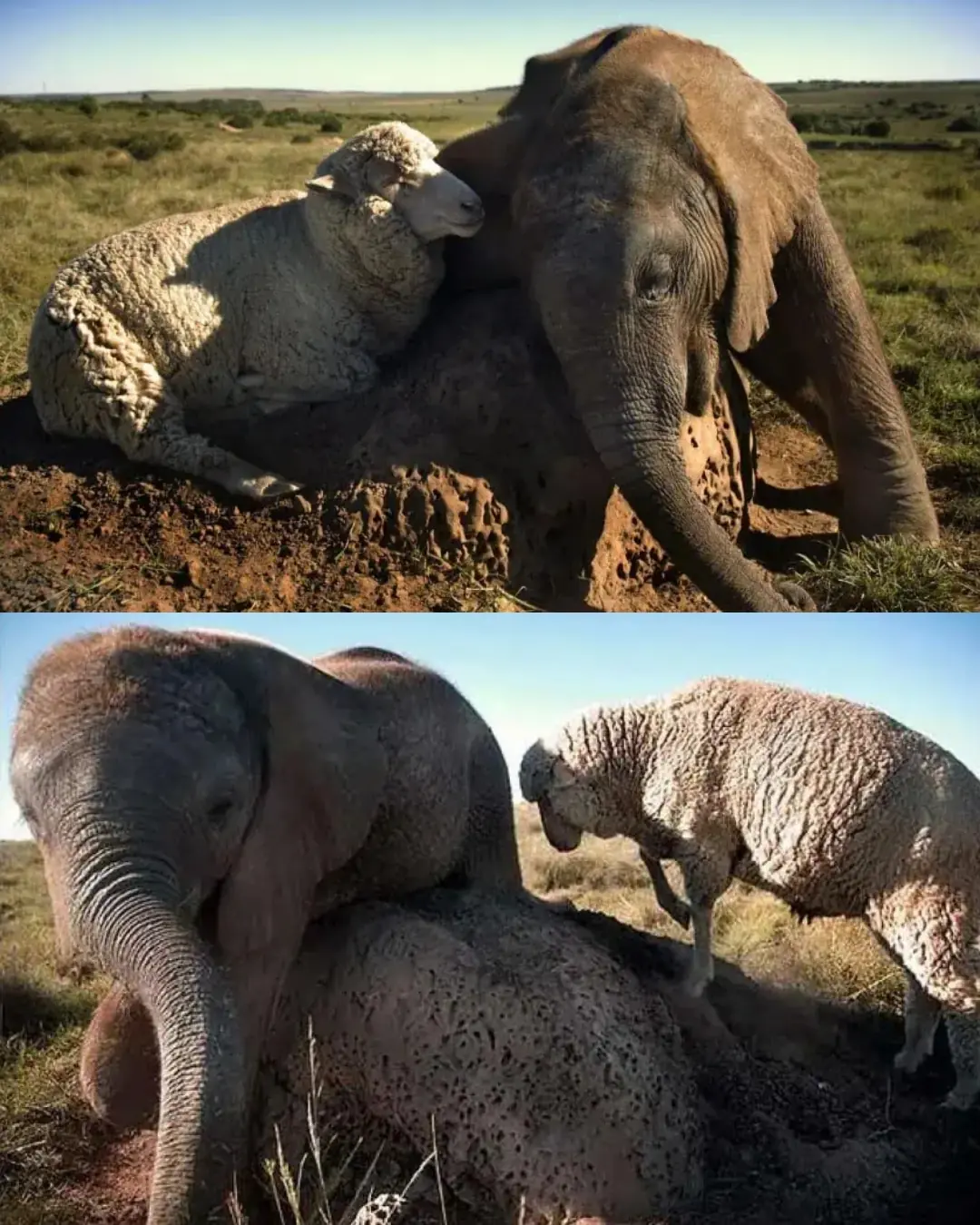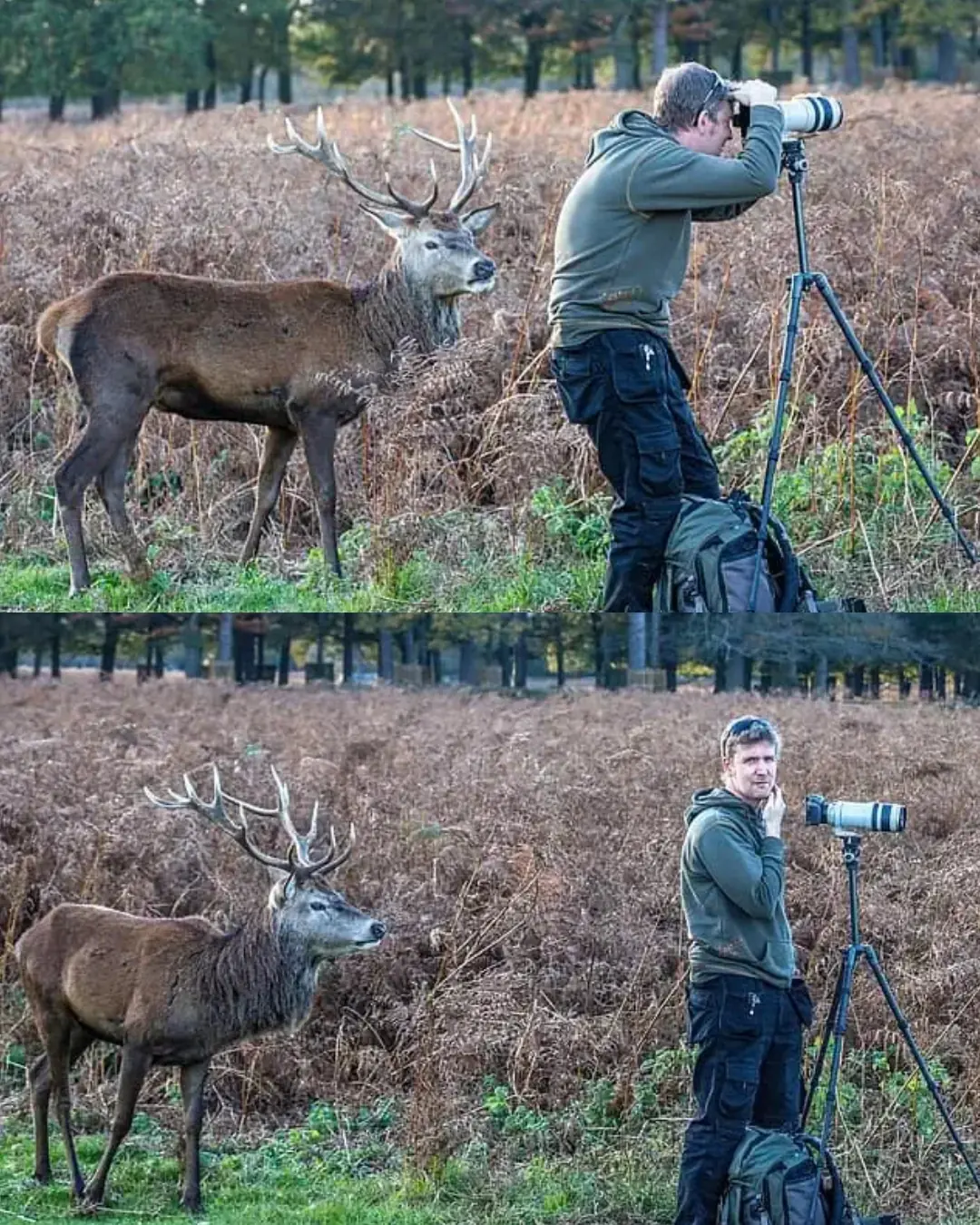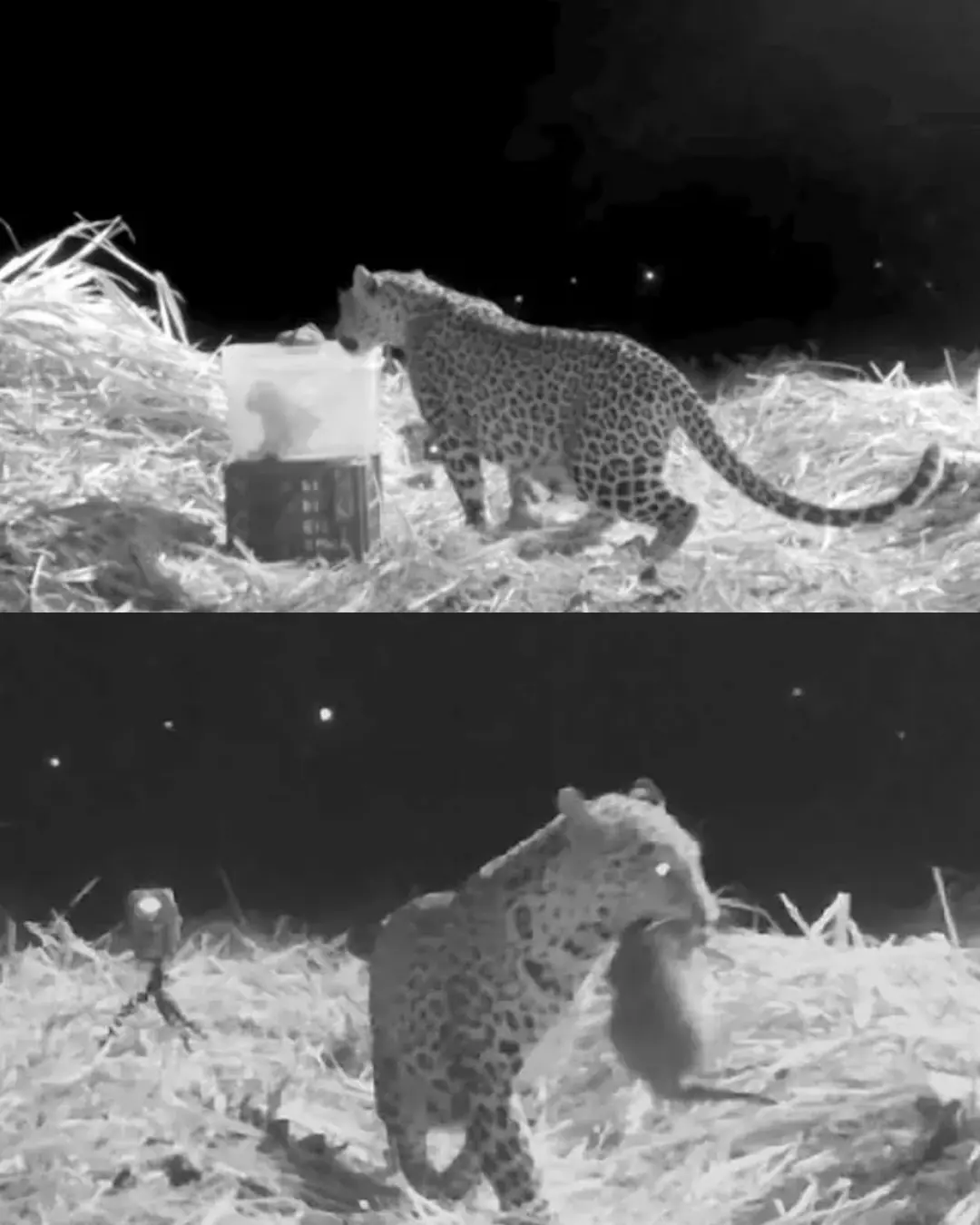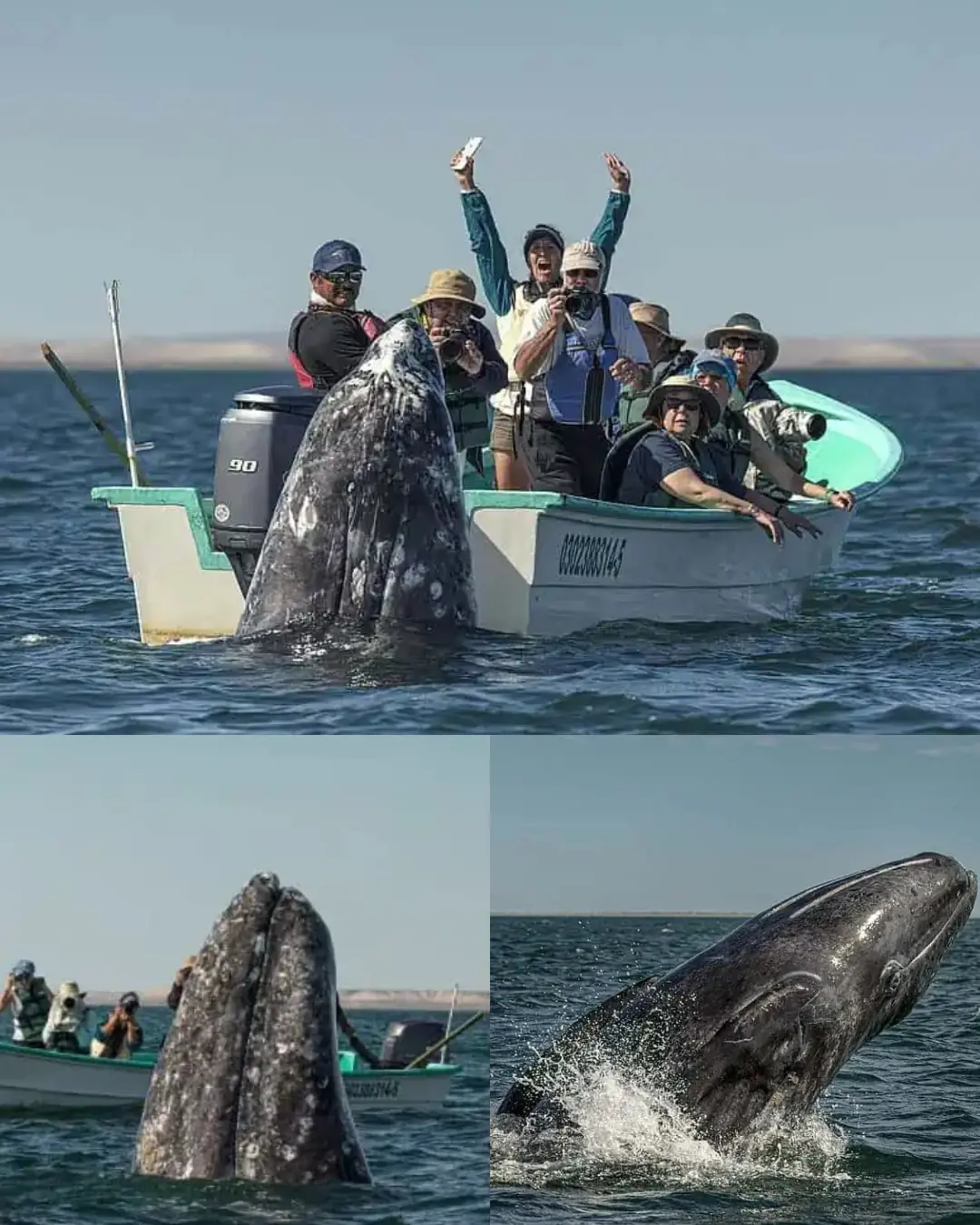
The Starving Bear That Broke the World’s Heart.
🐾 The Story Behind the Bear
In 2017, National Geographic captured footage of a severely emaciated polar bear wandering across the ice-less terrain of Somerset Island in northern Canada. The bear, visibly weak and struggling to move, rummaged through trash left by Inuit fishermen in a desperate search for food. The haunting video showed the bear’s skeletal frame and labored steps—images that quickly spread across the globe.
The bear’s condition was attributed to the lack of sea ice, which polar bears rely on to hunt seals. Without ice, they are forced to scavenge on land, where food is scarce and survival becomes nearly impossible. Experts noted that while the exact cause of this bear’s starvation couldn’t be confirmed, it reflected a growing trend among polar bears facing habitat loss due to rising temperatures.
🌍 Why It Moved Millions
-
Emotional impact: The video evoked a visceral reaction. Seeing such a majestic creature reduced to a shadow of its former self stirred grief, anger, and urgency.
-
Symbol of climate crisis: The bear became a visual metaphor for the consequences of global warming—especially in the Arctic, where temperatures are rising faster than anywhere else.
-
Call to action: Conservationists and climate activists used the footage to highlight the need for stronger environmental policies and global cooperation to reduce carbon emissions.
🧊 What’s Happening to Polar Bears?
-
Declining sea ice: Arctic sea ice is melting earlier and forming later each year, shortening the hunting season for polar bears.
-
Reduced access to prey: With less ice, bears can’t reach seal populations, their primary food source.
-
Increased mortality: Starvation, drowning, and human-wildlife conflict are rising as bears venture closer to human settlements.
💬 A Global Wake-Up Call
The video didn’t just break hearts—it sparked conversations. People around the world began asking what could be done to protect polar bears and mitigate climate change. Scientists emphasized the importance of reducing greenhouse gas emissions, preserving Arctic ecosystems, and supporting wildlife conservation efforts.
As National Geographic put it, “This is what climate change looks like.”
News in the same category


Oliwka’s Fight: A Journey of Unwavering Love and Hope

A Simple U-Turn, A Lasting Impact: How One Husband’s Kindness Gave a Stranger Hope

A Mother's Endless Fight: Martynka's Journey to Health and Happiness

The Elephant and the Sheep: A Friendship That Healed Two Broken Hearts.

The Promise of a Father’s Love: How Joe Completed Their Family.

The Night Kindness Shone Brightest.

A Hero on the Highway: How Officer Puglia Saved a Life That Couldn’t Speak for Help.

The Shot That Never Was: A Stag, a Camera, and a Moment Missed.

The Elephant That Never Forgot.

The Man Who Never Stopped Living.

The Cry in the Cane Field: A Mother Leopard’s Reunion.

The Diver Who Never Came Back: The Story of Saman Kunan.

The Girl Who Refused to Give Up: Yulia’s Story of Survival and Courage.

Camille’s Fight: The Girl Who Named Her Tumor and Found Her Courage.

A Dance for Daddy: The Soldier Who Stepped In When a Little Girl Needed Him Most.

The Man Who Gave a Turtle Its Freedom Back.

To the Ones Who Show Up: A Mother’s Letter to the Teachers Who Stand Between Our Children and the World.

The Whale Behind Them: A Once-in-a-Lifetime Encounter at San Ignacio Lagoon.
News Post

Rock Star’s Family Devastated As Common Symptom Leads To ER Visit And Aggressive Cancer Diagnosis

Tammy Slaton Shocks Fans With Stunning Weight Loss Photos—Inside Her Transformation

Doctors Feared Baby Had a Mouth Tumor—But the Real Cause Left Everyone Stunned

31-Year-Old Father Warns Others After Subtle Symptoms Lead to Colon Cancer Diagnosis

35-Year-Old Man Dubbed the “Modern Dorian Gray” Reveals His Unusual Secrets for Staying Youthful

7-Eleven Manager Allegedly Suffocates Employee During Shift—Victim Dies Days Later

Take This Before Bed — and Wake Up Transformed

The Ultimate Healing Tonic: A Powerful Natural Drink for Swollen Feet, Diabetes & Poor Circulation

Stop This Dangerous Habit Before Your Phone Explodes!

Women Who Age Quickly & Have Shorter Lifespans Often Do These 4 Things at Night — How Many Are You Guilty Of?

Eating Fish “for Ultimate Strength” — 30-Year-Old Woman Diagnosed with Premature Ovarian Failure, Body Full of Mercury

42-Year-Old Man Dies of Stroke Despite No Smoking or Alcohol — Doctor Warns: “How Dare You Eat This Every Day!”

“Doctor warns: 3 beauty habits you might think are harmless — but that could speed up cancer development!”

Boil Perilla Leaves with a Few Stalks of Lemongrass — Your Body Gets These 7 Excellent Benefits

Everyone Fears Diabetes — But Diabetes “Fears” These 5 Foods the Most

Objects That May Be Harming Your Health Without You Noticing

Drinking Plantain Leaf Tea: 5 Powerful Health Benefits for Your Body

Drink Roasted Black Bean and Ginger Tea for 7 Days — Your Body Will Thank You with 3 Amazing Benefits

Garlic: The Natural Weapon Against Pests You Probably Forgot About
